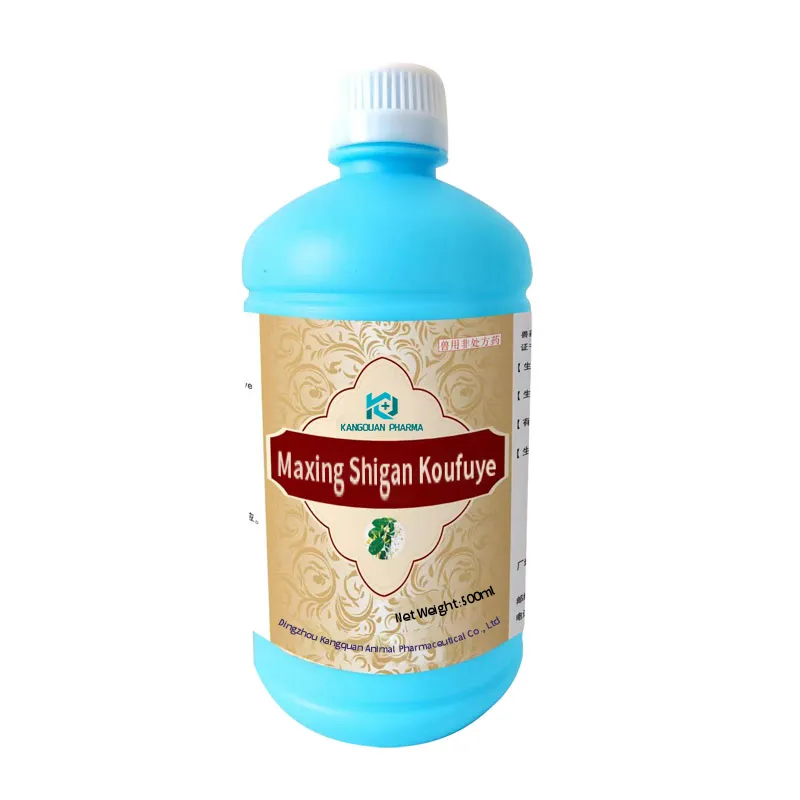- Afrikaans
- Albanian
- Amharic
- Arabic
- Armenian
- Azerbaijani
- Basque
- Belarusian
- Bengali
- Bosnian
- Bulgarian
- Catalan
- Cebuano
- Corsican
- Croatian
- Czech
- Danish
- Dutch
- English
- Esperanto
- Estonian
- Finnish
- French
- Frisian
- Galician
- Georgian
- German
- Greek
- Gujarati
- Haitian Creole
- hausa
- hawaiian
- Hebrew
- Hindi
- Miao
- Hungarian
- Icelandic
- igbo
- Indonesian
- irish
- Italian
- Japanese
- Javanese
- Kannada
- kazakh
- Khmer
- Rwandese
- Korean
- Kurdish
- Kyrgyz
- Lao
- Latin
- Latvian
- Lithuanian
- Luxembourgish
- Macedonian
- Malgashi
- Malay
- Malayalam
- Maltese
- Maori
- Marathi
- Mongolian
- Myanmar
- Nepali
- Norwegian
- Norwegian
- Occitan
- Pashto
- Persian
- Polish
- Portuguese
- Punjabi
- Romanian
- Russian
- Samoan
- Scottish Gaelic
- Serbian
- Sesotho
- Shona
- Sindhi
- Sinhala
- Slovak
- Slovenian
- Somali
- Spanish
- Sundanese
- Swahili
- Swedish
- Tagalog
- Tajik
- Tamil
- Tatar
- Telugu
- Thai
- Turkish
- Turkmen
- Ukrainian
- Urdu
- Uighur
- Uzbek
- Vietnamese
- Welsh
- Bantu
- Yiddish
- Yoruba
- Zulu
nov . 24, 2024 23:39 Back to list
Potential Side Effects of Buparvaquone Injection to Consider
Understanding the Side Effects of Buparvaquone Injection
Buparvaquone is an antiprotozoal medication primarily used in veterinary medicine to treat certain infections caused by protozoa, particularly those leading to diseases such as Theileriosis in cattle. While it holds significant therapeutic value in the veterinary sector, its use does come with potential side effects that both veterinarians and animal owners should be aware of before administration.
What is Buparvaquone?
Buparvaquone is designed as an injectable treatment option that targets specific protozoan parasites. The drug works by inhibiting mitochondrial function in the parasites, effectively halting their growth and reproduction. Its efficacy and relatively rapid action have made it a preferred choice for treating various protozoal infections, making it crucial for livestock health and productivity.
Common Side Effects
Like any medication, buparvaquone can result in side effects. Understanding these potential adverse reactions is essential for ensuring the welfare of the treated animals. The side effects associated with buparvaquone injection may include
1. Injection Site Reactions One of the most commonly reported side effects is localized reactions at the injection site. Animals may experience swelling, tenderness, or irritation where the injection was administered. These reactions are generally mild and resolve without intervention, but in some cases, they may require further assessment by a veterinarian.
2. Gastrointestinal Upset Some animals might experience nausea or vomiting after treatment. This can manifest as reduced appetite or changes in feeding behavior. While mild gastrointestinal upset is typically not a cause for alarm, persistent symptoms warrant veterinary attention.
3. Lethargy and Weakness Following the administration of buparvaquone, some animals may exhibit signs of lethargy or decreased energy levels. This can be especially concerning for livestock, where maintaining a healthy level of activity is critical for overall well-being. Though this side effect is usually short-lived, it is vital to monitor the animals closely for any prolonged signs of distress.
4. Fever A mild fever may occur as part of the body's reaction to the medication. Monitoring body temperature post-injection can help identify if the fever reaches a concerning level, necessitating further veterinary intervention.
5. Allergic Reactions Although rare, some animals may exhibit allergic reactions to buparvaquone. Symptoms can include itching, swelling, difficulty breathing, or other signs of anaphylaxis. Immediate veterinary care is essential if any of these symptoms are observed, as they can be life-threatening.
buparvaquone injection side effects

Less Common Side Effects
While the common side effects are generally manageable, there are less common but potentially serious side effects associated with buparvaquone that require urgent attention
- Neurological Effects In rare instances, animals may show signs of neurological disturbances such as uncoordinated movements or seizures. These symptoms could indicate a severe reaction and must prompt immediate veterinary evaluation.
- Hematological Changes Buparvaquone may affect blood parameters, leading to changes in white blood cell counts or platelets. Routine blood tests before and after treatment can help monitor for these changes, ensuring timely intervention if necessary.
Best Practices for Administration
To minimize the risk of side effects, veterinarians and animal owners should follow best practices when administering buparvaquone
- Pre-Treatment Assessment Conduct a thorough evaluation of the animal's health status, including any pre-existing conditions that may increase the risk of adverse reactions.
- Proper Injection Technique Administer the injection following recommended guidelines to reduce the likelihood of local reactions.
- Post-Treatment Monitoring Closely observe the animal for any signs of side effects in the hours and days following treatment. Having a plan to manage any adverse reactions is essential.
Conclusion
Buparvaquone injection is a valuable tool in the management of protozoal infections in cattle and other livestock. While it generally exhibits a favorable safety profile, awareness of potential side effects is critical for effective treatment management. By understanding the common and less common adverse effects of this medication, veterinarians and animal caretakers can ensure timely intervention and enhance the overall health and well-being of the treated animals. Always consult with a veterinarian for personalized guidance based on the specific circumstances of each case.
-
Guide to Oxytetracycline Injection
NewsMar.27,2025
-
Guide to Colistin Sulphate
NewsMar.27,2025
-
Gentamicin Sulfate: Uses, Price, And Key Information
NewsMar.27,2025
-
Enrofloxacin Injection: Uses, Price, And Supplier Information
NewsMar.27,2025
-
Dexamethasone Sodium Phosphate Injection: Uses, Price, And Key Information
NewsMar.27,2025
-
Albendazole Tablet: Uses, Dosage, Cost, And Key Information
NewsMar.27,2025













